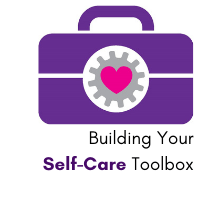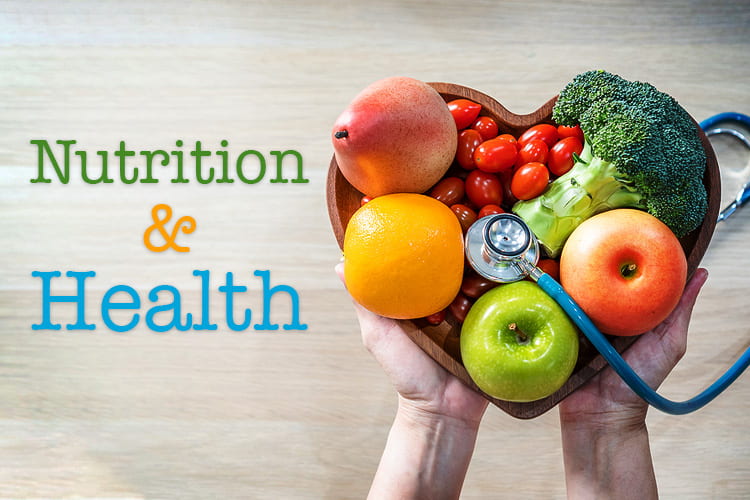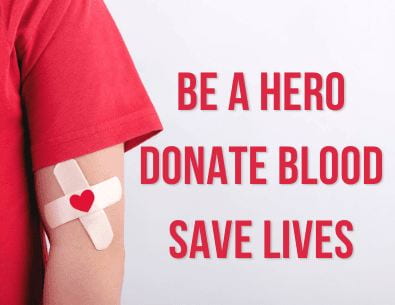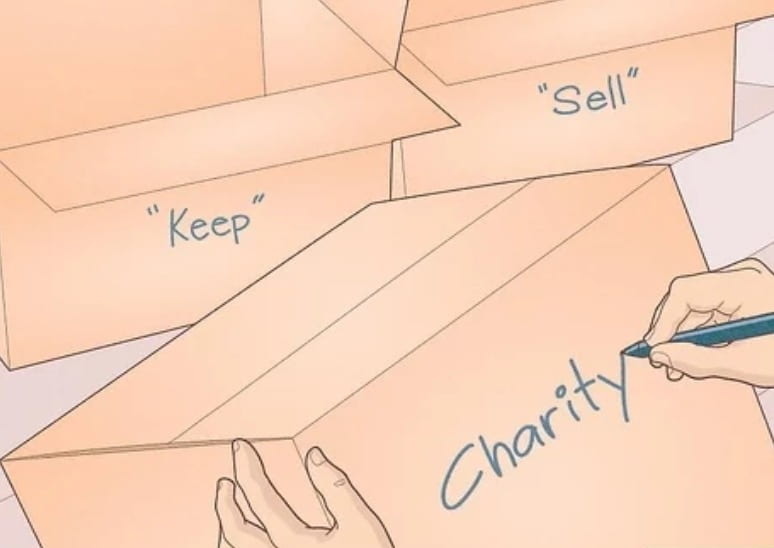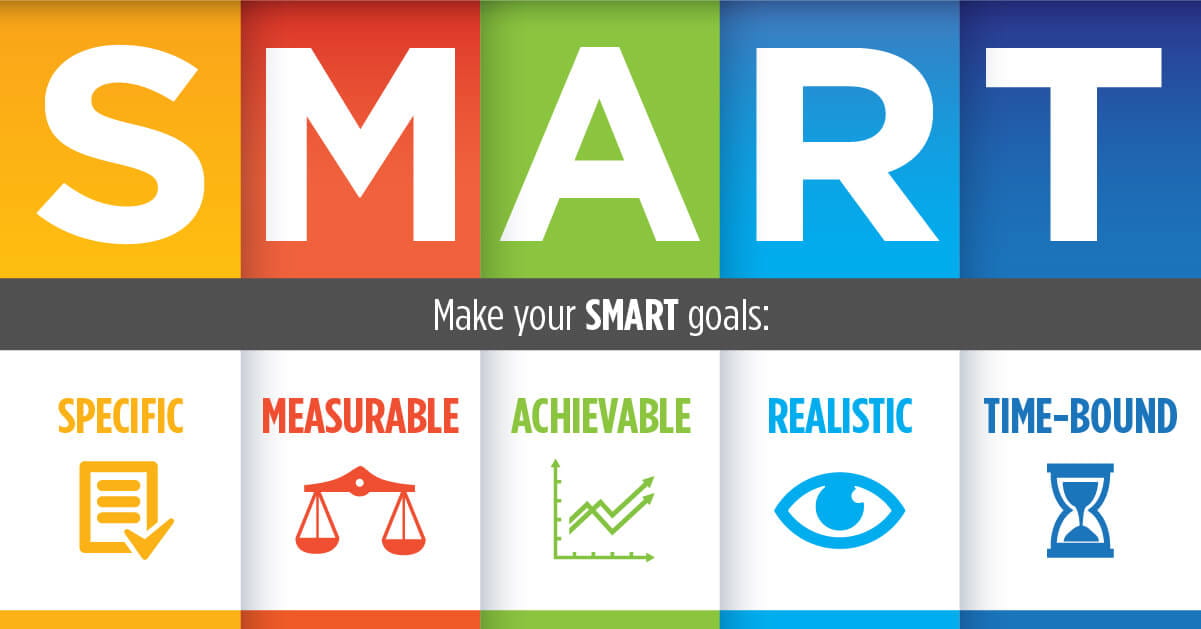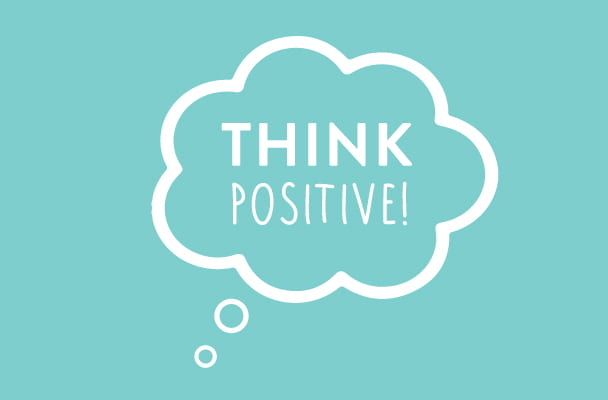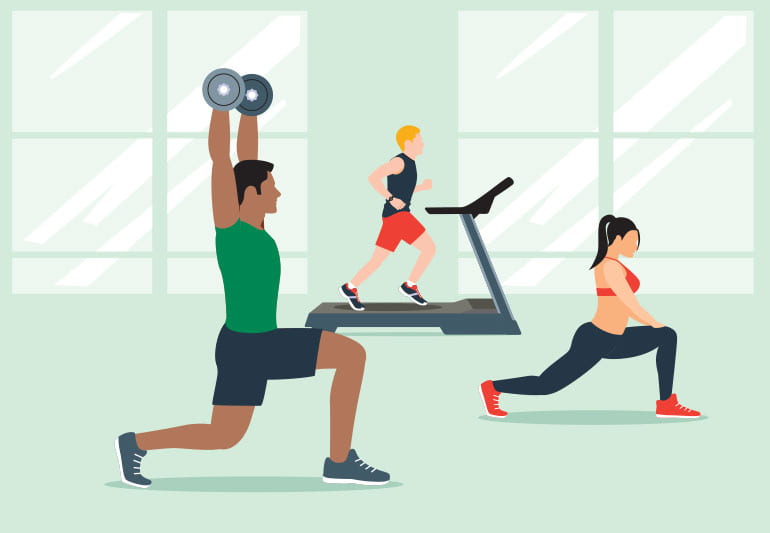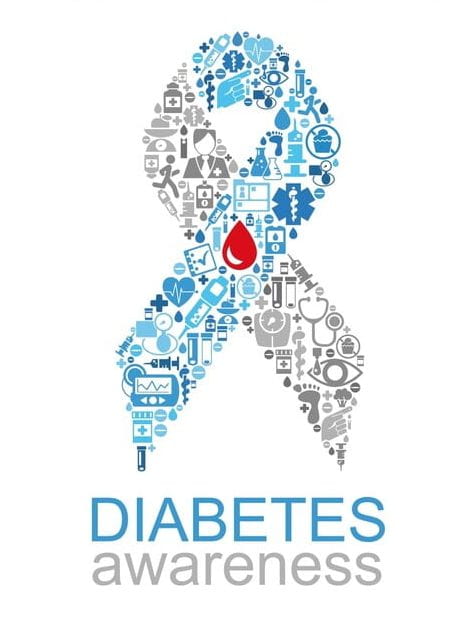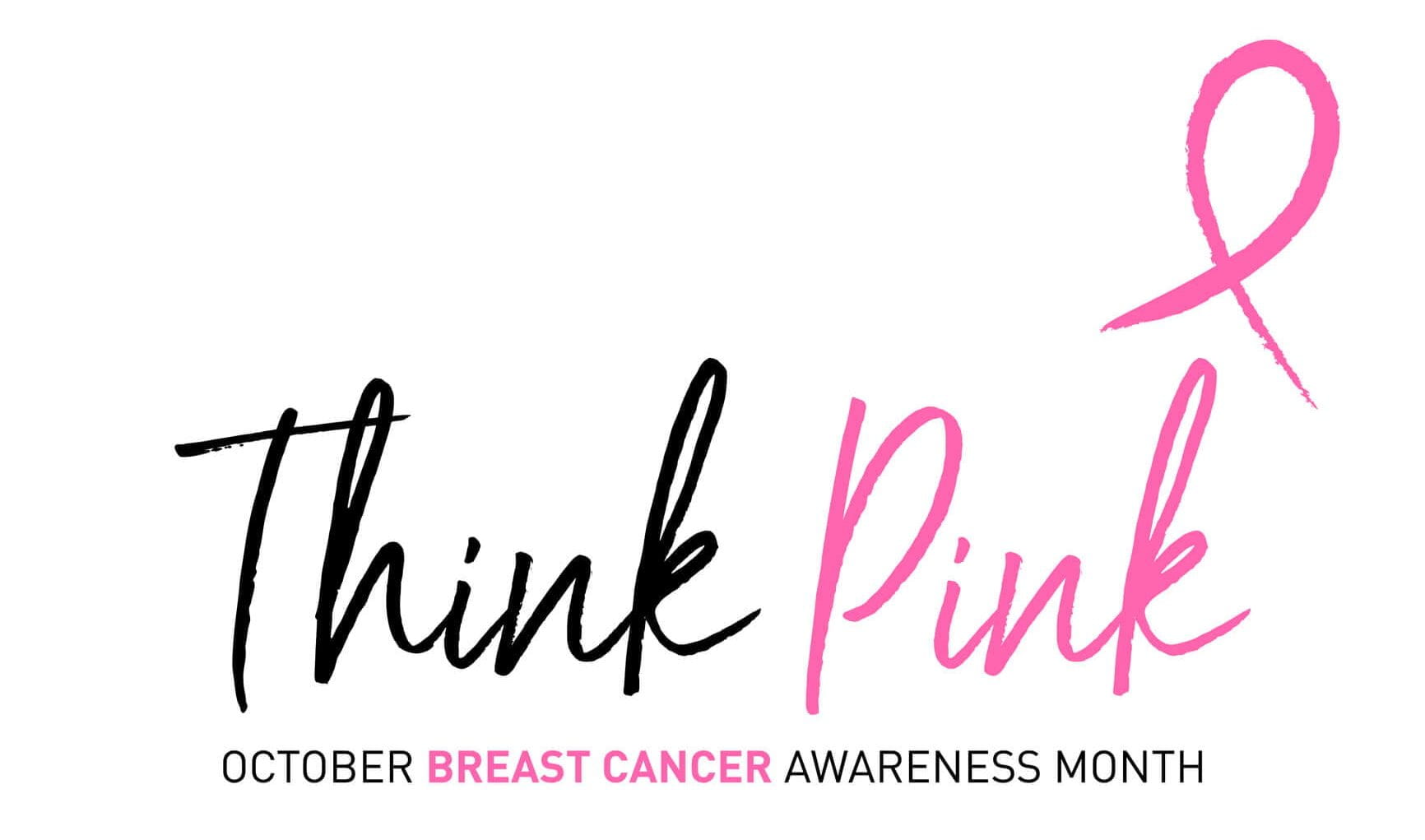The beginning of the year can come with a mix of emotions. You may have ended the last few weeks feeling overwhelmed, tired, or constantly frazzled by your to-do list. At the same time, you may have felt thankful for the magic that the season often brings. No matter what you felt, you were most likely chasing opportunities to maintain some kind of wellness routine.
Developing and maintaining a wellness routine requires that we create space to cultivate healthy goals and habits. Make a wellness routine going into the new year that is just for you with these six strategies below.
Create a Wellness Calendar
Brainstorm 12 big or small goals you’d like to reach throughout the year and create a well-thought-out monthly wellness calendar to hold yourself accountable. Doing so can keep your motivation high throughout the year. Focus on wellness themes that are important to you and plan corresponding activities. For example, Mindful March could mean committing to meditation practice five minutes a day.
Habit Stacking
Reflect on what healthy habits already work best for you and then add to those. It’s one of the easiest ways to plan and ensure success. Start with small wins of what you have and what you know like taking the stairs or stretching on commercial breaks. Evaluate successes or challenges to assess your and identify what works and what can be improved.
Reframe Anxieties
Setting goals or preparing for change you’d like to see in the new year can feel scary or daunting. Instead of feeling down or anxious, reframe your feelings – think of it as excitement, remember that change is good for growth, and use overwhelming feelings as an opportunity to practice mindfulness.
Make To-Do Lists
Hold yourself accountable and feel accomplished by creating to-do lists. These could be daily, weekly, or monthly and be as detailed or as high-level depending on your comfort. Use a weekly calendar to plan out what you’re making for dinner, personal appointments or commitments, chores to complete, and phone calls to make or errands to run. The new year might naturally bring on thoughts of extra tasks, even small ones. Creating lists might ease stress and overwhelm while helping to prioritize tasks.
Plan for Wellness
Invest in your health and wellness! Participate in GW well-being programs or discounts, take classes at local gyms or studios, join a walking club or purchase a walking pad. Allocate your time and plans towards wellness goals that are actionable and demonstrate a commitment to your well-being.
Healthy Substitutes
The new year is the perfect time to evaluate healthy habit staples like nutrition and exercise. Take some time to think about the foods you eat and drink and if you can plan to make some swaps. Going out to dinner? Opt for sparkling water or a mocktail instead of sugary sodas or alcohol. Making your grocery list? Remember to shop the perimeter of the store where fresh produce, frozen foods, proteins, and dairy are located over packaged goods and less nutrient dense foods in the middle aisles.
By planning thoughtfully, you can enter the new year with confidence, clear goals, and a renewed commitment to health and wellness. Don’t discount what you are capable of, you can do it!




